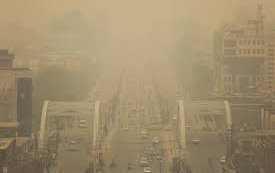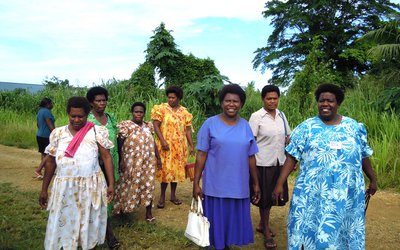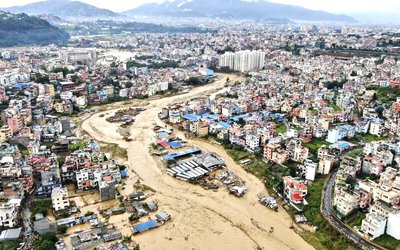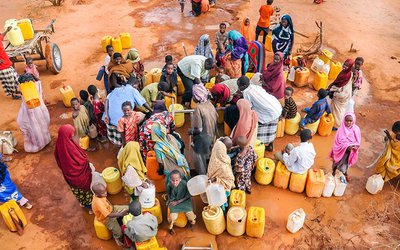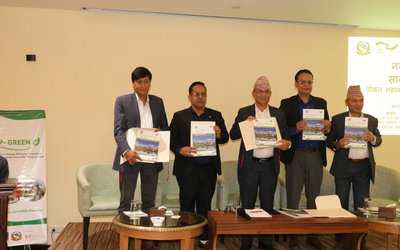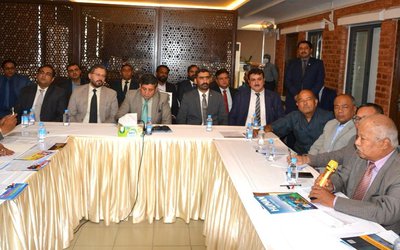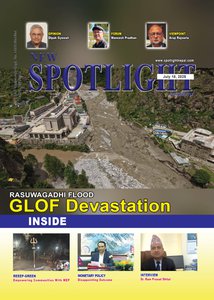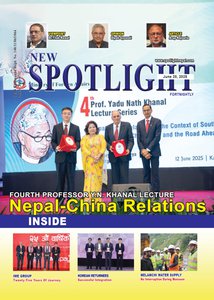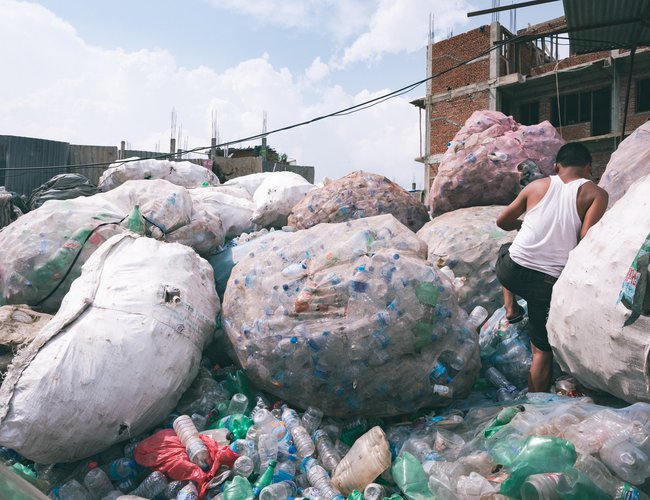
This year’s World Environment Day comes exactly two months before countries meet again to continue negotiating a global treaty to end plastic pollution.
Every year on June 5, the world comes together to celebrate World Environment Day—a day dedicated to raising awareness about environmental protection and encouraging sustainable living.
Current status:
According to the report issued by International Centre for Integrated Mountain Development (ICIMOD) in 2018, urban waste in Nepal comprised at least 16% of plastic which is 2.7 tonnes of daily plastic production.
The government of Nepal announced ‘Action Plan for Ban on Plastics ’ in May, 2022 with the goal to ensure a clean and healthy environment to live for its citizens through ban on the production, sale and use of plastics less than 40 microns, encouraging the use of eco-friendly alternatives waste. This government initiative seems to be a remarkable step towards sustainable future however it is yet to be implemented.
Also, the government’s Solid Waste Management Act 2068 (2011) stated that the local bodies should segregate at least degradable and nondegradable waste and encourage reduction, reuse, recycle of the solid waste. However, the local bodies have never been able to implement the provision despite several initiatives. Due to lack of strict rules and regulation, people are seen adopting inappropriate ways of getting rid of their waste, such as dumping their garbage in the river, on roadside and burning. Such activities have led to serious impacts on our environment, public health, aquatic life and the burning of plastics even contribute greenhouse gasses such as carbon dioxide leading to climate change and air pollution.
Similarly, the unmanaged landfill of Sisdole hill which has been used by Kathmandu Metropolitan as a dumping site for over the past two decades seems not to be a sustainable way. The local residents have repeatedly reported foul smell, sickness and low production of agricultural crops as well. But the government seems to ignore the seriousness and urgency of the risk such pollution brings in peoples livelihood.
According to Nepalese Youth For Climate Action (NYCA), While there is no absolute solution to plastic pollution, the first initial step towards the solution is to reduce the use of plastics and eventually its production. The waste management baseline survey done in 2020 revealed that the waste comprises 54% organic, 33.3% inorganic and 12.7% other. This shows that the organic waste which mostly comprises biodegradable materials can be treated or converted into reusable forms such as compost. Other inorganic wastes can also be further classified into plastics,metals, e-waste, etc and managed accordingly.
NYCA writes, “Although people are well-known about their role in controlling plastic pollution, there still seems to be a lack of awareness among the people, so behavioral change and community involvement approaches can be a continuous process towards sustainability.”
“Alternative options such as eco-friendly paper bags for packaging, and products such as toothbrushes, combs, straws, bottles, and soaps have also evolved in the past few years. Slowly many people are realizing how their way of consumption is affecting the environment and shifting towards more sustainable products.”
While Nepal’s aim to meet Sustainable Development Goals by 2030 seems lagging behind, the government should make more investments in agro-based and sustainable businesses. This can help create job opportunities to reduce poverty and strengthen our agriculture as well. In terms of our waste management policy, the government and local bodies need to focus on successful implementation and monitoring & evaluation as well. There also lie opportunities in bringing plastics into the circular economy through recycling and many innovative ideas said NYCA.
In 2025, the global theme is Ending Global Plastic Pollution, a critical call to action to reduce plastic waste that harms our planet’s ecosystem.
Plastic pollution permeates every corner of the planet—even in our bodies in the form of microplastics. World Environment Day 2025 calls for collective action to tackle plastic pollution.
By drawing inspiration from nature and showcasing real-world solutions, the campaign will encourage individuals, organizations, industries, and governments to adopt sustainable practices that drive systemic change.
Join the #BeatPlasticPollution movement—because together we can create a healthier future. Add your event on the 2025 World Environment Day map and share it with the world!
In Nepal, the government first attempted to ban plastic bags thinner than 40 microns by publishing a notice in the Nepal Gazette on April 1, 2015. It was the country’s first nationwide initiative to regulate plastic use. However, implementation remained a challenge, as the country soon had to focus on recovering from the devastating Gorkha earthquake.
Again, on August 17, 2022, the government reintroduced a nationwide ban on plastic bags thinner than 40 microns. “Since then, the Department of Environment has been strictly monitoring the production of such plastic bags and discouraging their use,” said Sailesh Kumar Jha, Deputy Director General at the Department of Environment.
“We are monitoring the factories, and importers are also under our observation. We are seizing such plastics wherever found. However, it will take time, as we need to provide alternatives. The process of introducing eco-friendly options is still slow, and we must improve our policies and plans to make it effective,” he said.
According to Jha, the need to control plastic pollution goes beyond banning thinner plastics, as thicker plastics also pose significant environmental threats. “We need to provide alternatives to plastic alongside the ban. There are a few factories in the country producing biodegradable bags made from cornstarch and other eco-friendly materials. These alternatives are slowly emerging. The department has also introduced policy standards to regulate such production,” he said.
Based on NYCA’s website and the report published in The Rising Nepal.
- Durga Prasai Released on Bail
- Aug 05, 2025
- Pokhara Metropolitan City Launches Its First Municipal Energy Plan
- Aug 05, 2025
- Pakistani Embassy Organized A Talk Program In Kathmandu
- Aug 05, 2025
- Third UN Conference On LLDCs Begins, PM Oli's Address Today
- Aug 05, 2025
- Water Flow Measured At 179,000 Cusecs In Saptakoshi River
- Aug 05, 2025
